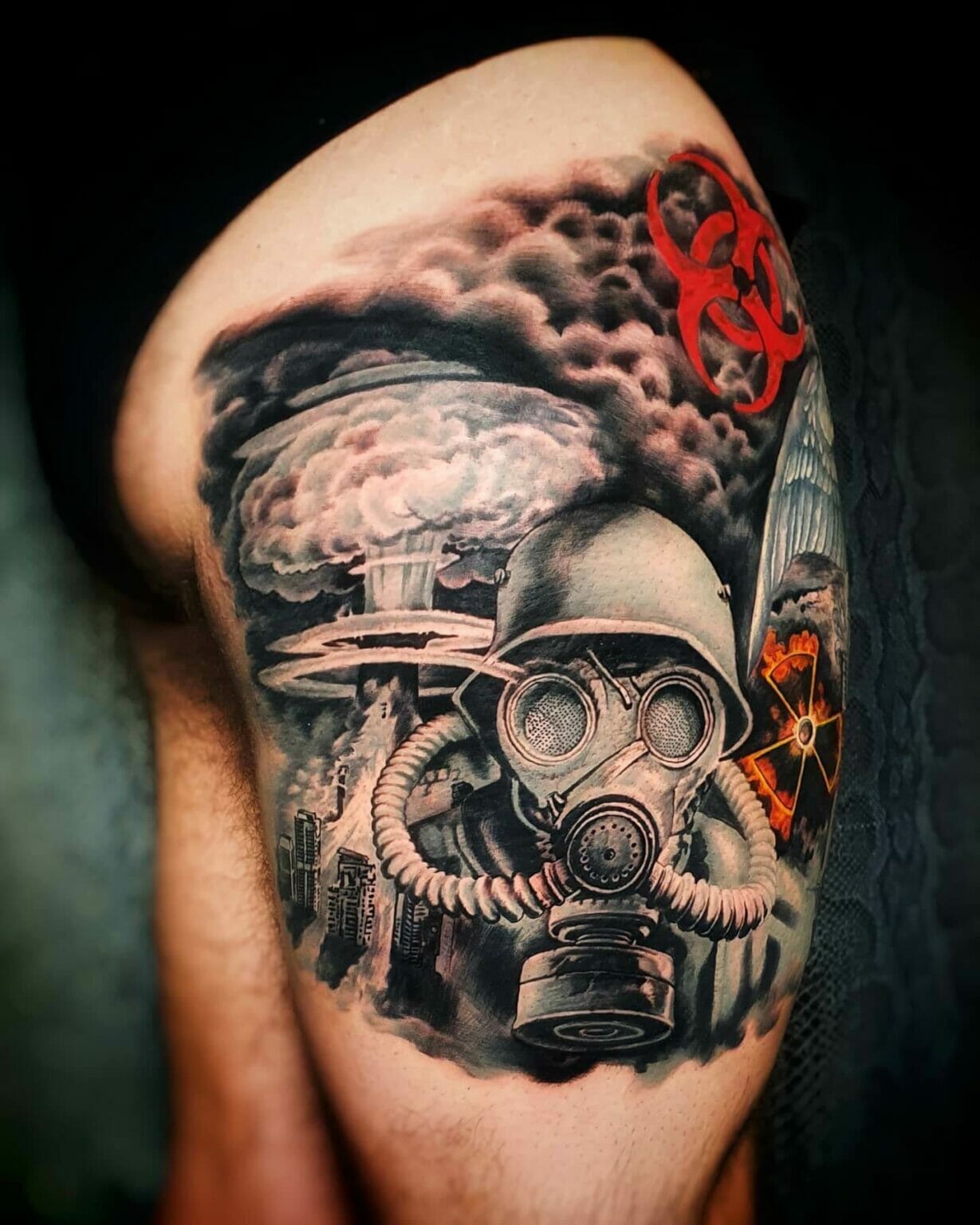Military
Aerospace Engineering Education Requirements

Introduction to Aerospace Engineering Education

Aerospace engineering is a highly specialized field that requires a strong foundation in mathematics, physics, and engineering principles. As the demand for skilled aerospace engineers continues to grow, it’s essential to understand the education requirements for a successful career in this field. In this blog post, we’ll delve into the world of aerospace engineering education, exploring the necessary degrees, courses, and skills required to become a proficient aerospace engineer.
Types of Aerospace Engineering Degrees

To pursue a career in aerospace engineering, one can opt for various degree levels, including:
- Bachelor’s Degree: A Bachelor’s degree in Aerospace Engineering or a related field is the minimum requirement for most entry-level positions. This degree typically takes four years to complete and provides a solid foundation in mathematics, physics, and engineering principles.
- Master’s Degree: A Master’s degree in Aerospace Engineering can be beneficial for those seeking advanced positions or specializing in a particular area, such as astrodynamics or propulsion systems. This degree usually takes two years to complete and involves more in-depth research and coursework.
- Doctoral Degree: A Ph.D. in Aerospace Engineering is ideal for those who wish to pursue a career in research and development or academia. This degree can take several years to complete and requires original research contributions to the field.
Core Courses and Skills

Aerospace engineering students should expect to take a range of courses that cover the fundamentals of engineering, mathematics, and physics. Some of the core courses include:
- Aerodynamics: The study of the interaction between air and solid objects, such as aircraft and spacecraft.
- Propulsion Systems: The study of the systems that power aircraft and spacecraft, including rocket propulsion and jet engines.
- Structural Analysis: The study of the behavior of materials and structures under various loads and conditions.
- Materials Science: The study of the properties and applications of various materials used in aerospace engineering.
- Computer-Aided Design (CAD): The use of software to design and simulate aerospace systems and components.
- Strong problem-solving skills: The ability to analyze complex problems and develop creative solutions.
- Effective communication skills: The ability to communicate technical information to colleagues, managers, and clients.
- Teamwork and collaboration skills: The ability to work effectively in teams to achieve common goals.
Specializations and Concentrations

Aerospace engineering is a broad field that encompasses various specializations and concentrations. Some of the most common areas of specialization include:
- Aeronautical Engineering: The design, development, and operation of aircraft and aircraft systems.
- Astronautical Engineering: The design, development, and operation of spacecraft and spacecraft systems.
- Systems Engineering: The application of engineering principles to the design, development, and operation of complex systems.
- Propulsion and Power: The design, development, and operation of propulsion systems and power generation systems.
Accreditation and Certification

It’s essential for aerospace engineering programs to be accredited by recognized accrediting agencies, such as the Accreditation Board for Engineering and Technology (ABET). Accreditation ensures that the program meets certain standards and provides students with a quality education. In addition to accreditation, aerospace engineers can obtain certification from professional organizations, such as the American Institute of Aeronautics and Astronautics (AIAA). Certification demonstrates expertise and commitment to the field and can enhance job prospects.
Industry and Job Prospects

Aerospace engineers can find employment in various industries, including:
- Aerospace and Defense: The design, development, and operation of aircraft, spacecraft, and defense systems.
- Government Agencies: NASA, the Federal Aviation Administration (FAA), and other government agencies involved in aerospace and defense.
- Private Companies: Companies involved in the design, development, and operation of aerospace systems, such as Boeing, Lockheed Martin, and SpaceX.
- Unmanned Aerial Vehicles (UAVs): The design, development, and operation of UAVs for various applications, including surveillance, inspection, and package delivery.
- Space Exploration: The design, development, and operation of spacecraft and spacecraft systems for space exploration and development.
- Sustainable Aviation: The development of sustainable aviation technologies, such as electric and hybrid-electric propulsion systems.
🚀 Note: The job prospects and industry trends mentioned above are subject to change and may vary depending on various factors, including technological advancements and government policies.
Conclusion and Final Thoughts

In conclusion, aerospace engineering education requires a strong foundation in mathematics, physics, and engineering principles. By pursuing a degree in aerospace engineering and developing essential skills and specializations, individuals can increase their job prospects and contribute to the advancement of the field. As the aerospace industry continues to evolve, it’s essential for aerospace engineers to stay up-to-date with the latest technologies and trends to remain competitive.
What is the minimum degree required to become an aerospace engineer?

+
A Bachelor’s degree in Aerospace Engineering or a related field is the minimum requirement for most entry-level positions.
What are some of the core courses in an aerospace engineering program?

+
Some of the core courses include aerodynamics, propulsion systems, structural analysis, materials science, and computer-aided design (CAD).
What are some of the job prospects for aerospace engineers?

+
Aerospace engineers can find employment in various industries, including aerospace and defense, government agencies, and private companies. Job prospects are available in areas such as unmanned aerial vehicles (UAVs), space exploration, and sustainable aviation.



